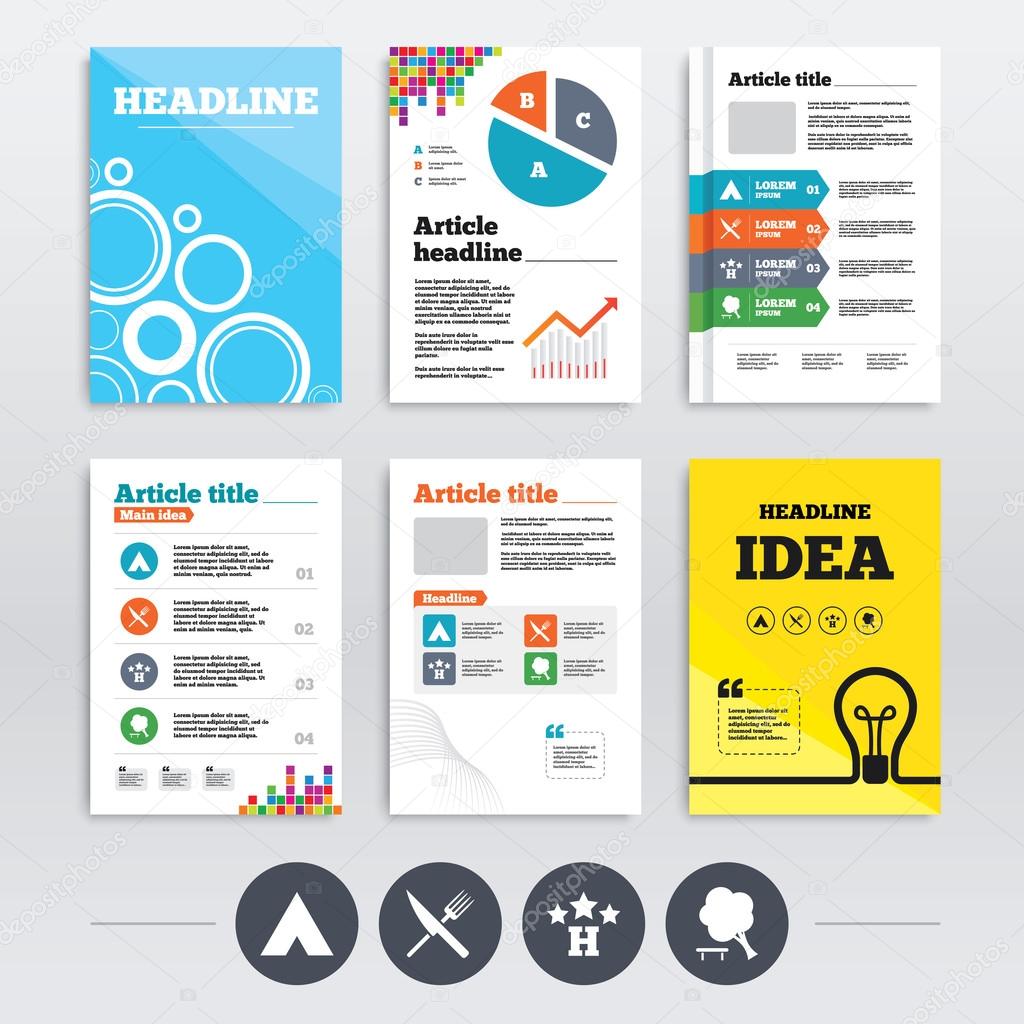While both deal staminas in different settings, it's important to establish which kind of insulation will ideal offer your requirements. The insulation you select impacts heat, weight, water resistance, compressibility and cost.
Down is harvested from waterfowl, usually ducks or geese. It is treasured for its agility, easy compression and insulating residential properties. However, down ends up being much less reliable when wet.
Warmth-to-Weight
A high warmth-to-weight ratio is wanted in outdoor clothing and gear. The protecting buildings of down feathers make them a fantastic option for this objective, as they are exceptionally warm and lightweight.
Nevertheless, down loses its protecting capabilities when it splashes, meaning it needs to be paired with a water resistant shell. Furthermore, some individuals are allergic to down, making artificial coats a better option for them.
Synthetic insulations are usually made from recycled polyester and created to simulate down's shielding residential or commercial properties. They are not as lightweight as down, however they do not lose their insulating capabilities when they get wet and dry more quickly than down. They are also extra economical than down. Nevertheless, their life expectancy is shorter than down, leading to higher upkeep and substitute prices.
Water Resistance
The insulation you pick for your job coat will certainly make a huge difference in how comfortable you feel outdoors. However, the type of insulation you select additionally has substantial effects for your sustainability objectives.
Down is an outstanding insulator for a variety of reasons. It's light-weight, compressible, and offers an excellent warmth-to-weight ratio. Nonetheless, it doesn't prosper when it splashes. Down clumps up and sheds its loft when wet, which can considerably minimize its capacity to catch heat.
Synthetic insulation materials, such as Thinsulate and Primaloft, stand up far better against damp problems. They commonly have a tight weave or chemical layer that keeps water from penetrating the fabric. This enables the insulation to remain breathable, even if wet. It deserves keeping in mind that synthetics can also be awkward when wet, however they retain their protecting residential or commercial properties.
Compressibility
While goose down does have a superior warmth-to-weight ratio, artificial insulation performs similarly. Nevertheless, unlike down which takes in and sheds its shielding abilities when wet, synthetic insulation does not. Because of this, it can maintain its loft space and trap warm air in wet conditions.
Normally made from polyester sheets or clusters that imitate down, the most typical artificial insulation brand names include PrimaLoft, FullRange, Thermoball and Patagonia's PlumaFill. While it still can't match down's loftiness and warmth-to-weight, artificial coats are light-weight, fast to completely dry and less costly than down. This makes synthetic jackets perfect for wet environments, or if you're prone to sweating heavily. Synthetic jackets are also less fragile than down and can lose. This sturdiness reaches their face textiles which are generally thicker and extra durable than down.
Resilience
A major consideration in sustainability is a material's longevity and durability. Natural materials like cork, ThermaCork broadened cork and Havelock woollen last longer than artificial choices like fiberglass and plastic. They also require less maintenance and can endure extreme ecological problems.
Nonetheless, natural insulation doesn't do also when damp as artificial choices. Woollen and fleece glob with each other when wet, compromising their ability to trap warmth. Synthetic insulation, on the other hand, does not take in wetness and remains to insulate even when soaked.
This makes synthetic insulation suitable for wet environments and arduous tasks where you might sweat greatly. It's additionally easier to wash and dries faster than down. This added durability and dependability make synthetic insulation a general winner in this category. This translates to resilient protected work boots that last long and keep you warm through demanding environments.
Sustainability
Natural materials provide biodegradability and a smaller environmental footprint, while synthetic options boast sturdiness and ingenious applications canvas tent that sustain power performance. However, it's important to comprehend the true environmental impact of these insulation products from cradle-to-grave.
As an example, if a natural insulation product needs to take a trip a cross country from its resource to the structure website, transportation-related discharges boost its total carbon impact. Selecting in your area sourced and reused items minimizes that effect. And, choosing GREENGUARD and Cradle to Cradle certifications makes certain that insulation is devoid of unstable organic compounds (VOCs) and sustains liable sourcing and labor problems.
Sheep's wool and cork are renewable insulation resources that are gathered without damaging the tree or plant. Both have actually the included advantage of being naturally resistant to mold and mildew, pests and dampness.
